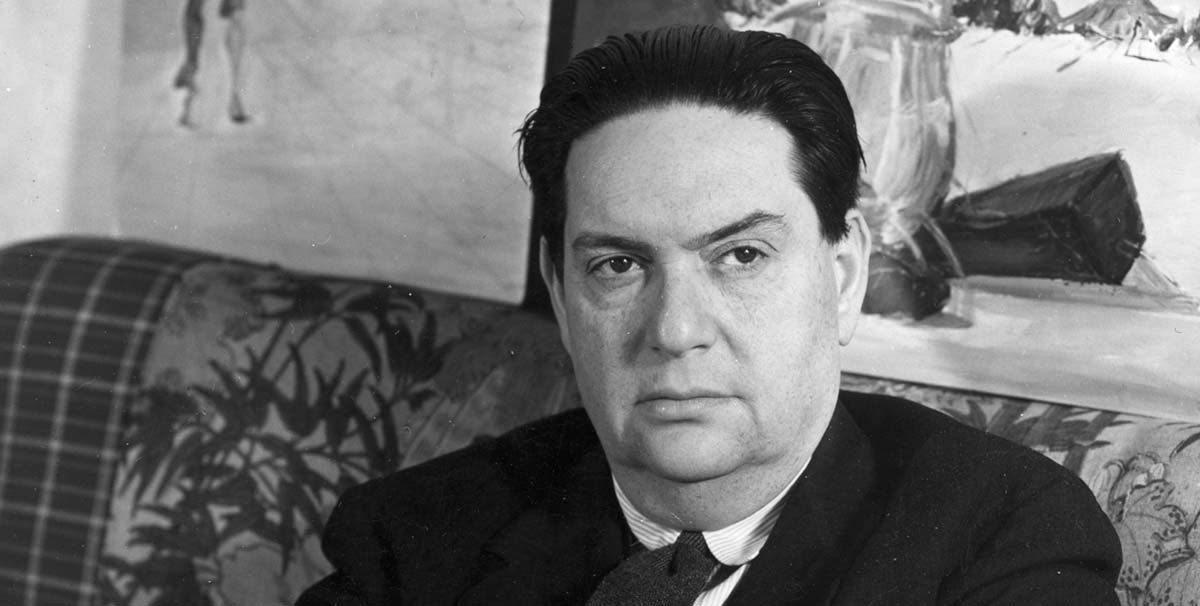Darius Milhaud: A Life in Music
About Darius Milhaud
Early Life and Education
Darius Milhaud was born on September 4, 1892, in Marseille, France, into a Jewish family of Provençal and Italian descent. Raised in Aix-en-Provence, he was immersed in a culturally rich environment that would influence his musical development throughout life.
He began violin lessons at a young age and soon showed remarkable musical aptitude. Milhaud later entered the Paris Conservatoire, where he studied under renowned teachers including Charles Widor, André Gedalge, and Paul Dukas. There he met fellow composers Arthur Honegger and Georges Auric, future members of Les Six.

Career and Musical Evolution
A Composer Without Borders
Milhaud’s music broke stylistic boundaries. His early works already showed an interest in polytonality and rhythmic complexity. A defining period came when he worked as a diplomatic attaché in Brazil from 1917 to 1919. Inspired by Brazilian music and culture, he composed “Le Boeuf sur le Toit”, a surrealist ballet infused with native rhythms and street music.
Returning to France, Milhaud became a central figure in modern French music. He was part of Les Six, a group of young French composers championed by Jean Cocteau, dedicated to creating music free from the perceived excesses of German Romanticism and French Impressionism.
Milhaud embraced jazz after hearing it in Harlem, New York, in the 1920s, incorporating it into works like the “La Création du Monde”. He was also deeply spiritual, writing choral and liturgical music grounded in his Jewish heritage.
Life in Exile and Teaching Legacy
In the 1930s, as antisemitism rose in Europe, Milhaud—already suffering from rheumatoid arthritis—faced professional and personal challenges. When World War II broke out, he was forced to flee France due to his Jewish background, eventually settling in the United States.
He became a professor at the Mills College in California, where he taught and inspired a generation of composers, including Dave Brubeck, Philip Glass, Burt Bacharach, and Steve Reich. Milhaud split his later years between France and the U.S., continuing to compose prolifically until his death.
Milhaud’s Musical Style and Influences
Milhaud’s compositional language is a rich synthesis of:
- Polytonality – simultaneous use of multiple keys.
- Brazilian music – influenced by his time in Rio de Janeiro.
- Jazz – particularly American jazz of the 1920s and 30s.
- Jewish liturgical themes – reflecting his heritage.
- Neoclassicism – echoing clarity and form from earlier music.
His output was vast: over 400 opus-numbered works, spanning all genres—from opera and chamber music to symphonies and film scores.
Notable Works
Some of Darius Milhaud’s most celebrated compositions include:
- Le Boeuf sur le Toit (1919) – Ballet with Brazilian influences.
- La Création du Monde (1923) – Jazz-inspired chamber ballet.
- Saudades do Brasil (1920-21) – Piano suite with vibrant dance rhythms.
- Suite Provençale (1936) – Tribute to his native Provence.
- Sacred Service for the Sabbath Morning (1947) – Jewish liturgical music.
- Symphonies No. 1–12 – A unique symphonic cycle from 1939 to 1961.
- Quatuor à cordes (String Quartets) – Eighteen in total, showcasing his mastery of chamber music.
Legacy and Recognition
Darius Milhaud passed away on June 22, 1974, in Geneva, Switzerland. His legacy lives on through:
- A global impact on modern classical music.
- His pioneering use of polytonality and rhythm.
- His mentorship of major 20th-century musicians.
- Posthumous honors, including the naming of schools and concert halls in his memory.
Milhaud is buried in Aix-en-Provence, where his music continues to be celebrated. His memoir, Notes Without Music, provides valuable insight into his artistic philosophy.

Comments are closed